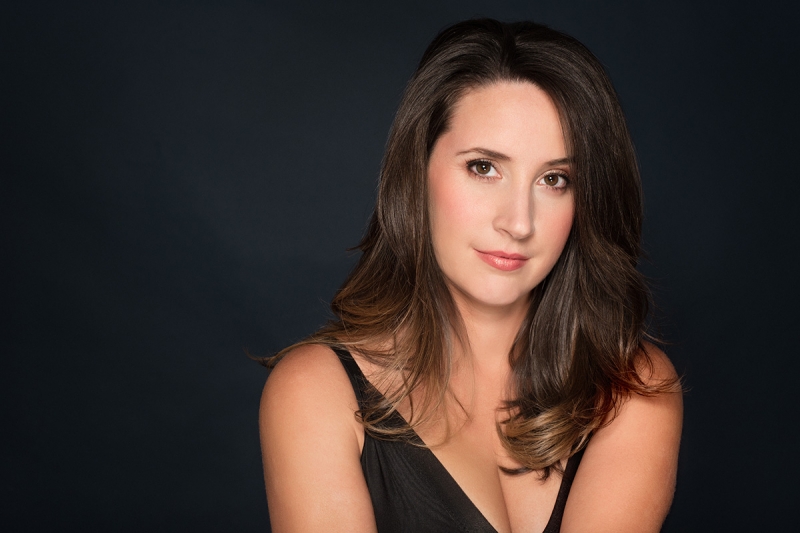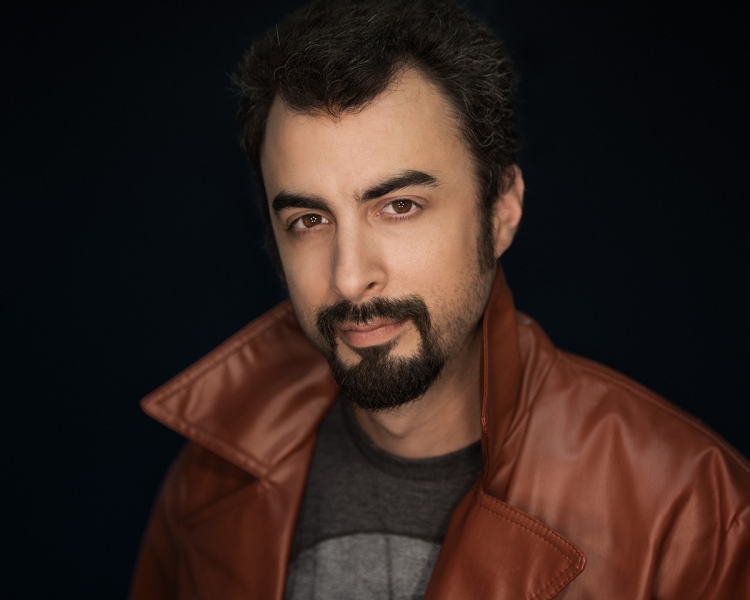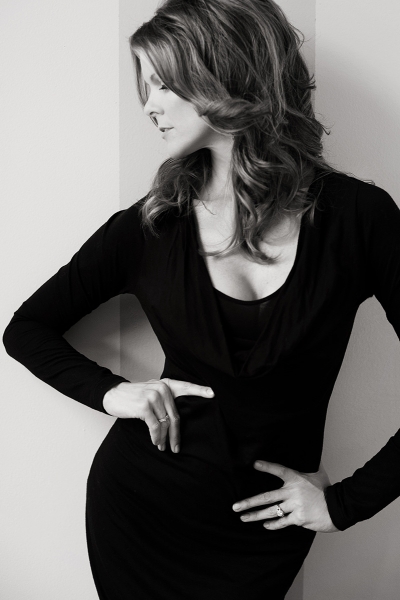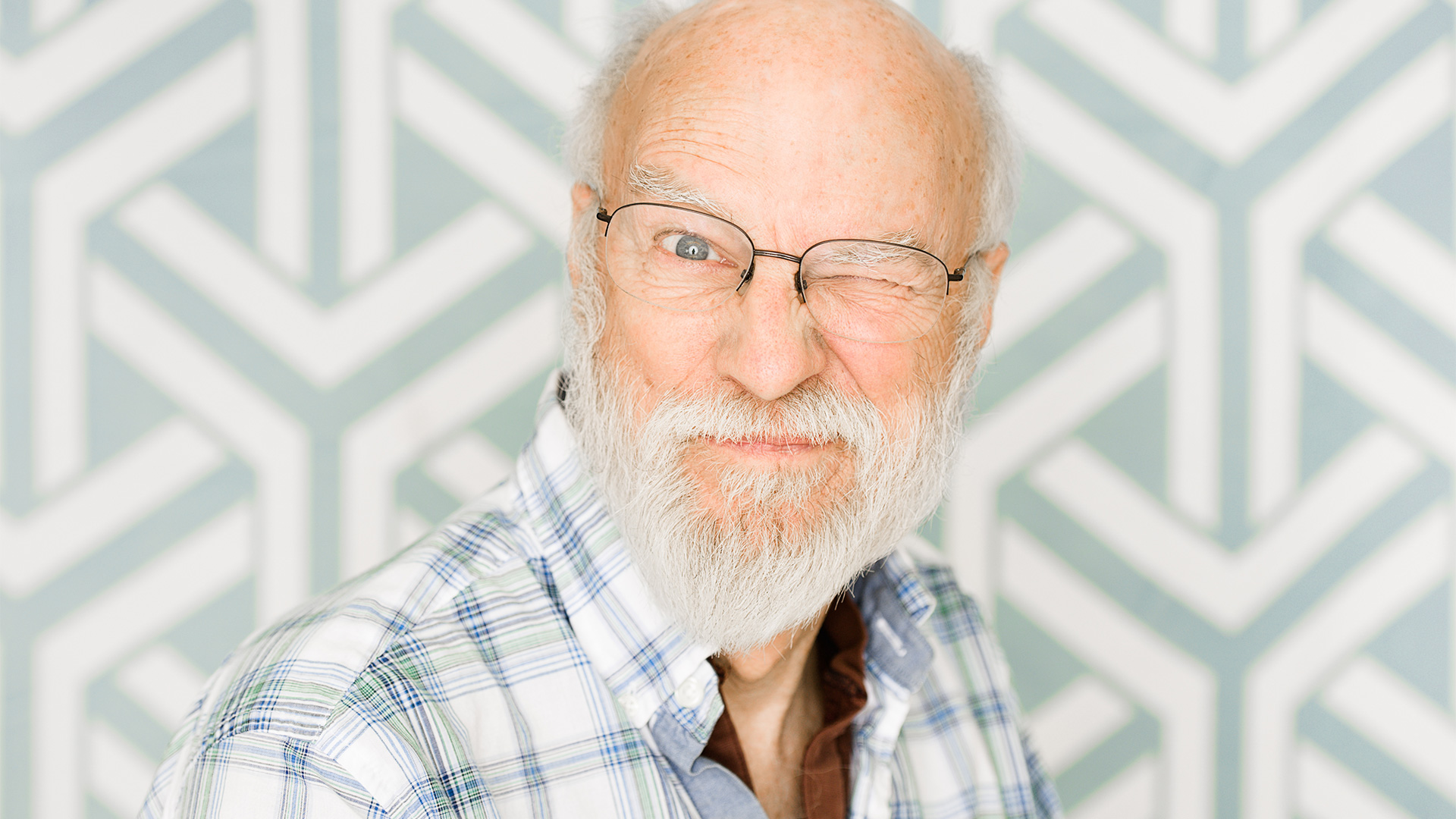Drawing personality
Portrait photographer Kira Derryberry wants to make people feel beautiful.
• March 2016 issue
Kira Derryberry’s couture work captures likeness with character
Photographers wax poetic about the magic of capturing a subject’s personality in a single, revealing image, elevating a portrait from freeze frame to the realm of biography. It’s not easy to achieve, as it requires a particular set of abilities that run the gamut from refined technical expertise to good old-fashioned people skills. The photographer must stealthily coax out the subject’s personality and be quick on the draw to capture the fleeting expressions and gestures that define a person. For Tallahassee-based Kira Derryberry, Cr.Photog., CPP, wordlessly summing up a client’s multi-faceted personality in one image has been a goal as far back as high school.
“It’s what I’ve always striven to do,” she says. “And especially in this past year, I’ve been homing in on that ability more. It felt so unattainable when I first started out, but now I’m so much happier and more confident in the work I’m producing, touching more on that editorial style of glamour.”

A native of Huntsville, Alabama, Derryberry learned her way around the darkroom in high school. After graduating from the University of Alabama, she worked as a Web designer and then an account manager at an ad agency for the next five years. In 2008, portraits she made of her infant daughter drew the attention of other moms and friends who asked her to photograph their children, which rekindled her love of photography and sparked the idea to take it back up full force. By the end of 2010, Derryberry had turned to the business of photography.
“It was what I originally wanted to do,” she says, noting that the simultaneous influx of amateur photographers into the field at that time made it challenging to be taken seriously by industry veterans. “I definitely had to fight really hard to break away and earn respect from people who had been in the business for a long time.”
And that she did. Derryberry is now president of her PPA Affiliate in Tallahassee, is actively involved with her guild network, and teaches throughout Florida. After starting out with the obvious subjects—children and family—Derryberry moved more into boudoir and glamour portraiture, where she hit her groove. “Glamour photography” became something of a punch line after its heyday in mall-based studios of the 1980s and ’90s, so she opted for “couture” to describe her sophisticated fashion aesthetic.
“I wanted to make people feel beautiful and give them something that it seems like only celebrities get,” she says. “It’s so much more than a portrait.”
Citing photography greats Annie Leibovitz and Mark Seliger as two of her biggest inspirations, Derryberry works to infuse her portraits with personality and character no matter the subject. However, her couture line is one of her favorites because the sessions are essentially about confidence building and transformation. The right posing, lighting, and camera angles can help a client see their best qualities, not their trivial faults.

“I would get people who said that because they wanted to lose 10 pounds, they could never take portraits like this,” says Derryberry. “So I put my money where my mouth was. I’m an average-sized woman and I’m not tall, so I did a before-and-after of myself to show what’s attainable.”
Derryberry had her hair and makeup done, and then photographed herself in an unflattering pose, followed by a few more images with better posing that emphasized her attributes.
“I took 20 pounds off with just a pose, not with Photoshop Liquify,” she says. “That’s the point I try to drive home during the consultations. I don’t worry about weight or appearance; it’s all about the posing. We’re going to push the things we want to see toward the camera and the things we don’t want to see away from the camera.”
Seeing that transformation is key to building clients’ confidence, and Derryberry frequently makes some before-and-after shots of them so they witness the effect posing, lighting, and camera angle can have. Rather than transform clients into unrecognizable versions of themselves, she polishes what’s already there. Derryberry is a font of enthusiasm during her sessions, always bolstering confidence, building trust, maintaining connection. That’s something she’s had to learn by practice since building up client confidence through posing and positive conversation isn’t something most photography courses emphasize.
“In school, nobody really teaches you about posing,” she says. “I didn’t really get it until Sue Bryce came along. I studied her approach and then moved forward with my own interpretation. I also studied fashion magazines. But the thing about magazines is that the women in those are nothing like the women you’re going to meet. My clients are everyday women who get dressed up but for the most part are moms or career people.”
To carry her point, she describes an assignment to photograph the cover of a local magazine. Her subject was a woman who was petite and thin—beautiful in real life—but the publisher wanted to emulate a pose from a national magazine modeled by a much taller woman.
“It was a magical pose that looked amazing on a giant model, but when my subject’s elbow couldn’t reach her knee, it just didn’t work,” says Derryberry. “Those women in the magazines are chosen for a reason. They’re essentially mannequins for clothes.”

What Derryberry is mainly looking for in successful posing is the use of asymmetry. She maintains a bounty of Pinterest boards filled with images from a wide variety of sources that inspire her. The Hollywood Reporter is a favorite for its fashion-forward images of “everyday” celebrities, driving home her belief in the power of the pose.
“A lot of people struggle with posing,” she says. “I practice with myself in front of a mirror. I need to be able to show somebody how to do what I’m asking. It’s so important to be able to guide clients through it.”
Derryberry has a full-length mirror in her studio so she can run through a series of poses before a shoot to get a basic game plan in her head. But she also remains open to each individual client’s limitations and features. Getting to know the subject and her body type is important, too, as is breaking the rules from time to time.
“The posing rules are there, and they’re so important,” she says. “But learning when to break them? That’s when you find your voice. People don’t just look beautiful in a photo by accident. You have to learn all the rules so you can bend or break them, but don’t throw them away.”
Stephanie Boozer is a writer in Charleston, South Carolina.
Tags: portrait photography


 View Gallery
View Gallery


